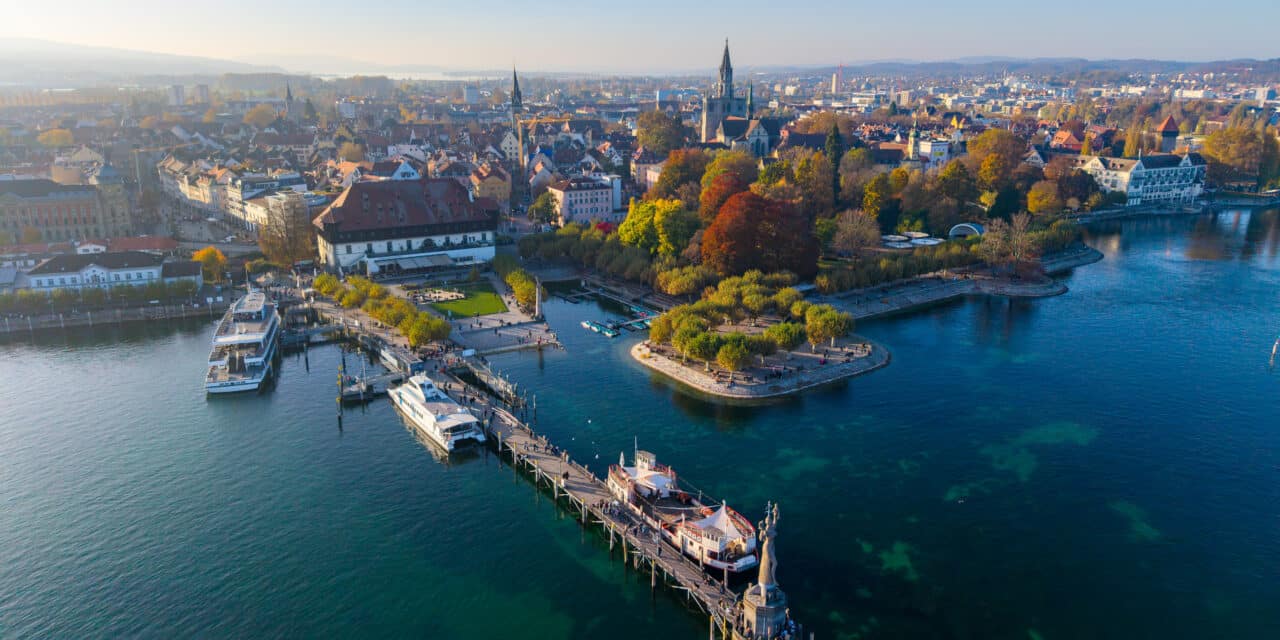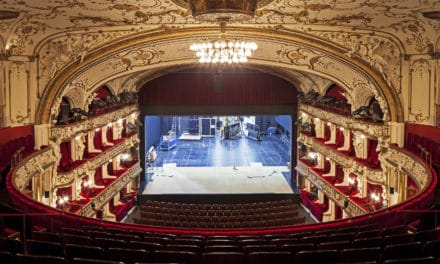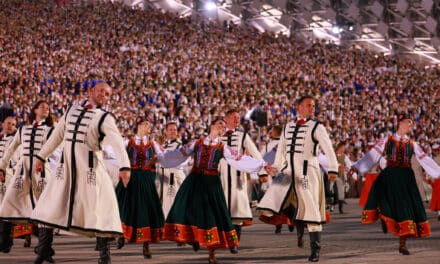This year, StadtSchönheit is celebrating the "Year of History 2.0" and invites guests and locals alike to immerse themselves in the impressive history of Constance. There are several anniversaries to celebrate throughout the year, including the 60th International Lake Constance Week, 150 years of the Steigenberger Inselhotel and 800 years of the Spitalstiftung and Spitalkellerei.
Serving people for 800 years
The Spitalstiftung and Spitalkellerei Konstanz can look back on an extraordinarily long existence: in 1225, the citizens of Constance Heinrich von Bitzenhofen and Ulrich Blarer established the foundation under the name "Spital zum Heiligen Geist", and it will be 800 years old in 2025. The hospital winery belonging to the foundation was also established in the same year, making it the oldest foundation winery in Germany. The anniversary program includes themed city tours on the foundation's founding period, wine tastings and cellar tours, a special anniversary bread made according to an old recipe, theater projects and much more.
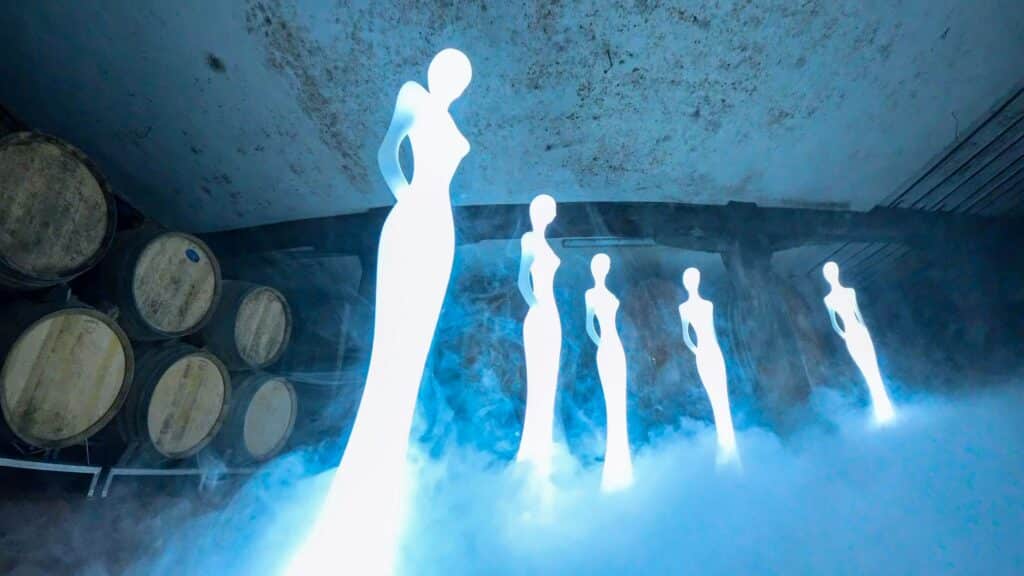
Light installations in the Spitalkellerei © MTK/Achim Mende
Constance - historical cityBeauty on Lake Constance
Constance's special location on Lake Constance and the Rhine (Rhine kilometer 0) and in the four-country region (D/A/CH/FL) is what makes this city so attractive. People have been drawn here for a long time. The pile dwellings, the remains of which were found on the shores of the town and are now a UNESCO World Heritage Site, are over 3,000 years old in some cases (tip: a new Palafittes route to the sites will be inaugurated in 2025). After the pile dwellers, Celts and then Romans lived in today's city area - parts of the fort from the year 300 can still be seen today below Münsterplatz. In the Middle Ages, Constance hosted the Council from 1414 to 1418 with the only valid papal election north of the Alps - an absolute world event and the largest congress of the Middle Ages. Sightseeing such as the Council building, the Imperia harbor statue and the Hussenstein still remind us of this today.
New highlight: the sensational Asisi panorama depicting the history of Constance at the time of the Council is scheduled to open at the end of 2025. The huge 360° panorama by artist Yadegar Asisi allows visitors to immerse themselves in the period from 1414 to 1418. The fascinating picture will be exhibited in the new cylindrical building on the Europabrücke bridge.
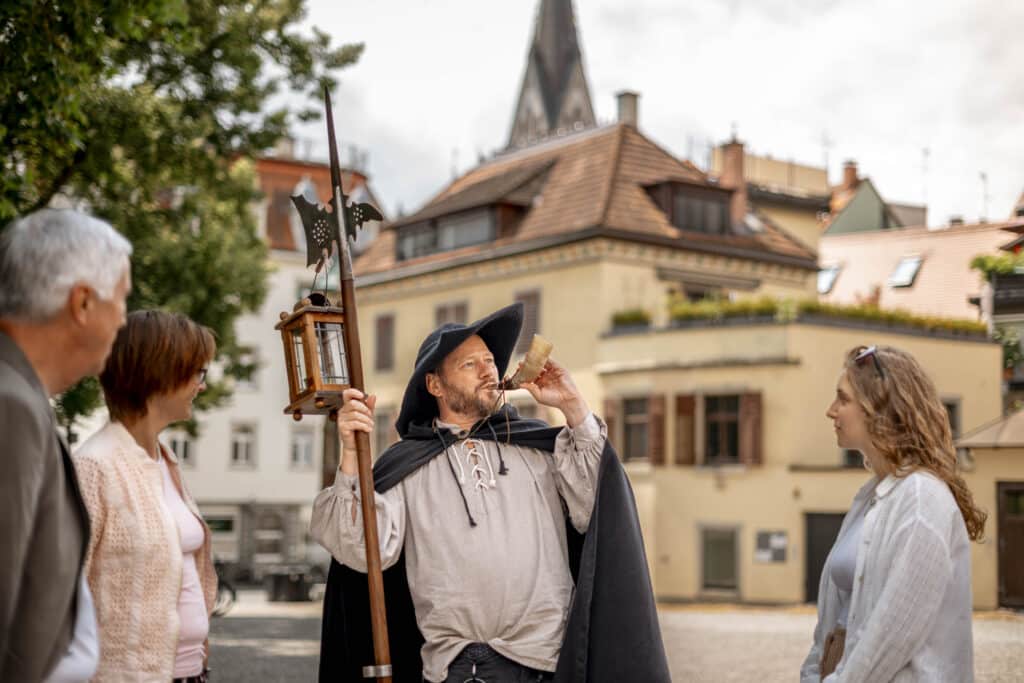
Guided city tour © MTK/ Leo Leister
Cultural treasures
The impressive murals and frescoes in the old town provide an insight into earlier times. Guided tours of the city invite you to go on a lively journey through time, and the Theater Konstanz, Germany's oldest continuously performed stage, has been thrilling audiences for around 400 years. Constance's museums bring this rich history to life in their exhibitions for young and old. A special highlight in 2025 is the Rosgarten Museum's special exhibition "Masquerades - When carnival was still called Fasching", which focuses on the history and traditions of carnival in the German-Swiss Lake Constance region.
"Masquerades - When carnival was still called Fasching",
Fasching, Fasnacht or Carnival? Within the Southwest German carnival, the traditions in the three-country region of Lake Constance have a strong life of their own: The carnival here is historically a colorful cocktail of Habsburg carnival, bourgeois-liberal Saalfasnacht and a hefty dose of carnivalistic Rhineland. Until the revolution of 1848/49, the free-minded bourgeoisie enjoyed satirical carnival games.
Influenced by the resurgent Cologne Carnival, "Prince Carnival" became the leading figure after 1860. In German and Swiss towns and villages around Lake Constance, magnificent parades are organized and glittering balls are celebrated. Women were allowed to take part, but only as an adornment of male self-expression. In the German Empire, the fools, who were enthusiastic about colonialism, also made racist noises for the first time. Today, the question of whether "Indians", "Chinese" and costumes from foreign cultures are still permissible at Fasnacht and carnival is the subject of controversial debate.
During National Socialism, German humorists proved to be surprisingly adaptable: terror and persecution prevailed, but the jesters continued to produce good humour. Meanwhile, Swiss jesters sometimes courageously mocked the brown rulers. Unsurprisingly, after the end of dictatorship, war and the Holocaust, jester societies seamlessly picked up on their pre-1939 traditions. Since the 1950s, the stage carnival in particular has achieved sensational success: stars such as Karl Steuer and Helmut Faßnacht touch people and make carnival on Lake Constance widely known through radio and television broadcasts.
May 17, 2025 to January 11, 2026
www.rosgartenmuseum.de
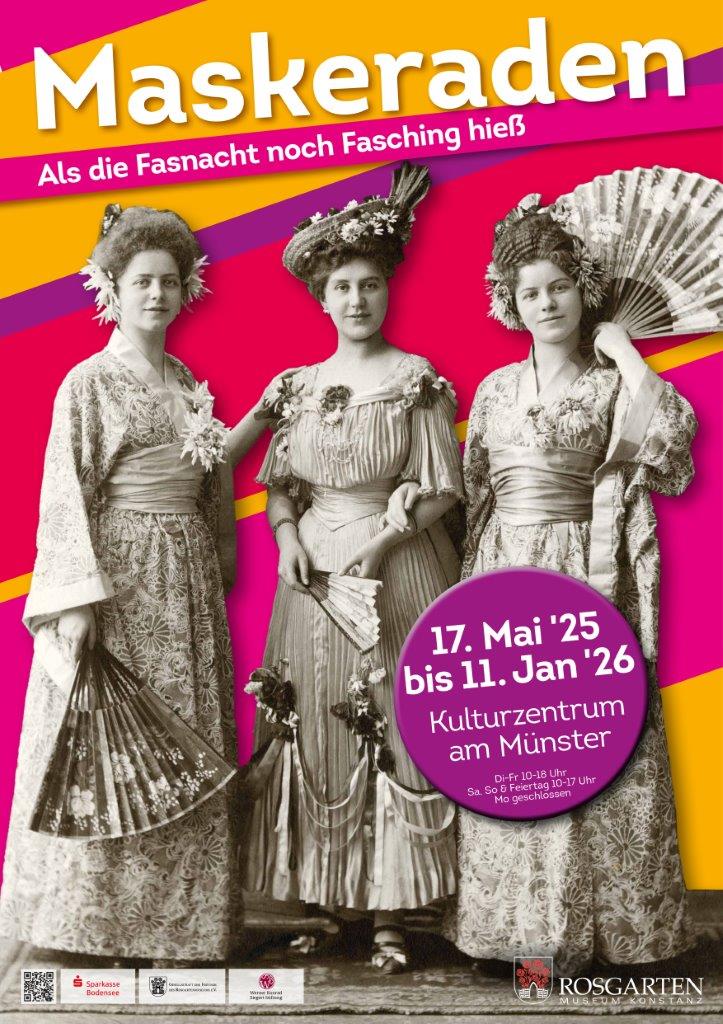
Exhibition Masquerades. When carnival was still called Fasching © Rosgartenmuseum
A place of longing
In the 19th century, Lake Constance and Constance were opened up to tourism on a grand scale with the arrival of steamships and the construction of railroad lines. At the beginning of the 20th century, air traffic was added with the airport. New hotels were built at the same time. The Steigenberger Inselhotel in the walls of a former Dominican monastery celebrates its 150th anniversary in 2025. There will also be an anniversary on the water in 2025: the International Lake Constance Week, first documented in 1909, will take place for the 60th time in 2025! From 13 to 15 June, it will delight visitors for three days with modern boats and vintage yachts, exciting sailing regattas, historic ships and a multifaceted supporting program including a maritime market. An early summer highlight for all water sports and sailing enthusiasts with a fantastic lake and Alpine backdrop.
By the way: The first written mention of the place name "Constantia" was probably around 1,500 years ago in the 5th or early 6th century. The name is said to appear in the travel guide of the Ostrogoth Anarid in around 525 (see Otto Feger: Kleine Geschichte der Stadt Konstanz, 2nd revised ed. Konstanz, 1957, Rosgarten, p. 175 and Helmut Maurer: Geschichte der Stadt Konstanz, Band 1. Konstanz, 1989, Stadler, p. 18).The first traces of settlement are even older. The Roman settlement on the site of present-day Constance was probably renamed "Constantia" as early as the 4th century AD, but there are no written sources for this (cf. Helmut Maurer, ibid.).
www.konstanz-info.com/jahr-der-geschichte-2-0.
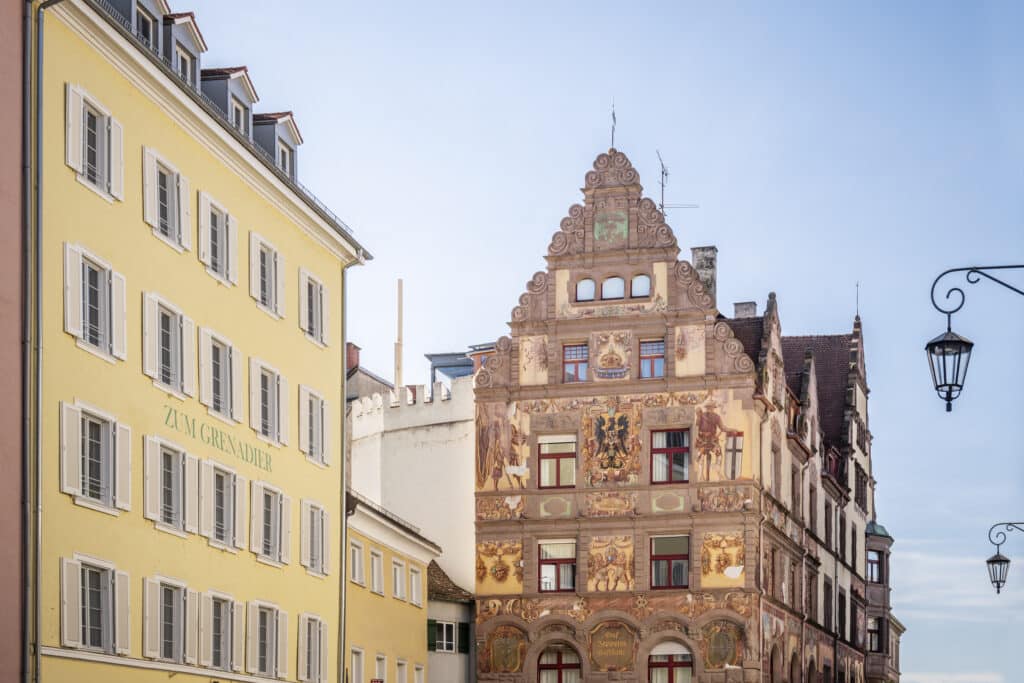
Impressive murals and frescoes in the old town, Hotel Graf Zeppelin © MTK/Dagmar Schwelle

